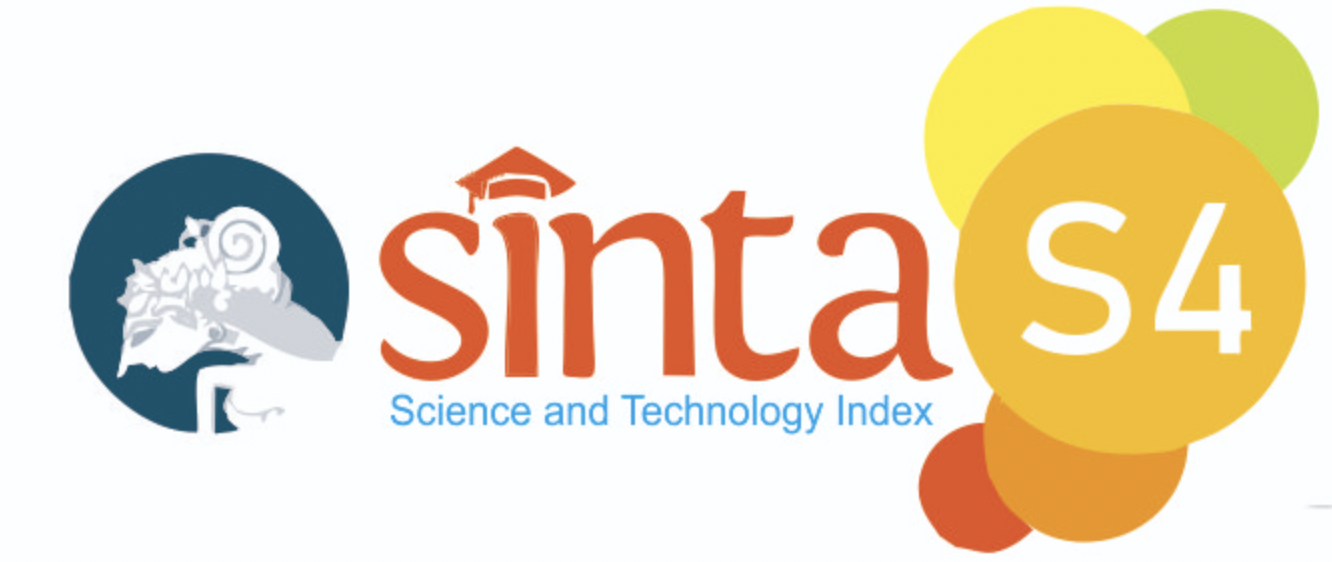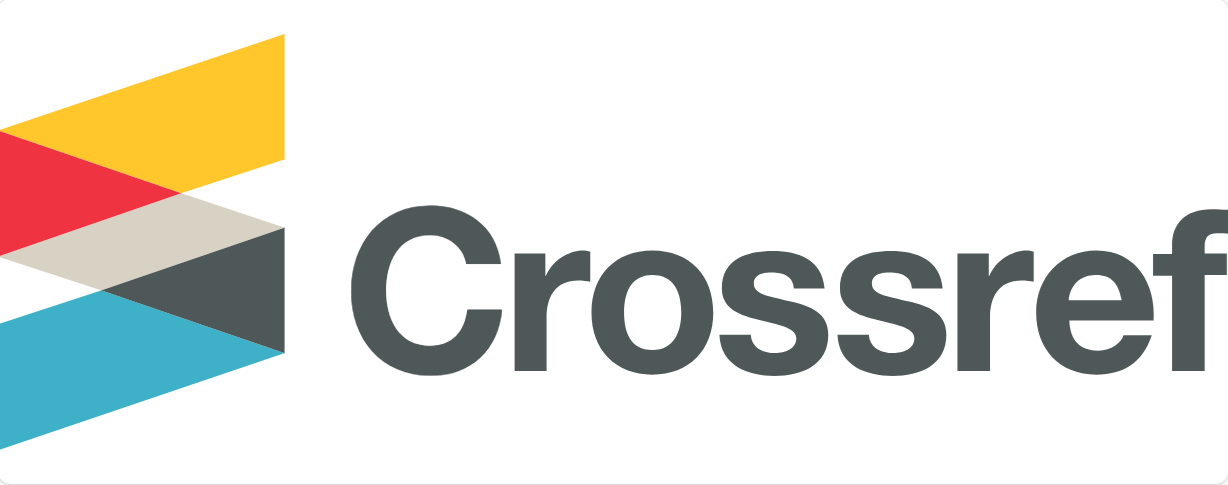Abstract
This study discusses the use of school libraries and the use of library clubs (books club) which is represented in the animated series "Daitoshokan no Hitsujikai” (A Good Librarian Like A Good Shepherd). This research is a qualitative research with framing analysis approach. The result shows that this animation serial represented school library purpose and utilization, especially in books club activities as one part of school library. The function and utilization of school libraries is represented through framing analysis tools. Framing analysis tools more focus on the metaphorical analysis contained in this animated series. The metaphorical analysis in this study is supported by story analysis, tradition analysis, slogan analysis, artefact or fact analysis, contrast elemental analysis in this animated series, prejudice analysis of the audience after watching this animated series, and analysis of the function and utilization of the library depicted in the animated series. These analyzes are assisted by the analysis of the idea elements contained in the animated series. In addition, in the animated series is shown the idea that the school library can be a center of activity in the school environment. On the other hands, in this animation serial showed an idea that school library can became a center-of-activities in school environment.
Bahasa Abstract
Penelitian ini membahas pemanfaatan perpustakaan sekolah dan pemanfaatan klub perpustakaan (books club) yang direpresentasikan dalam serial animasi “Daitoshokan no Hitsujikai (A Good Librarian Like A Good Shepherd)”. Penelitian ini merupakan penelitian kualitatif dengan pendekatan analisis framing. Hasil penelitian menunjukan bahwa serial animasi ini merepresentasikan fungsi dan pemanfaatan perpustakaan sekolah, khususnya dalam kegiatan klub perpustakaan sebagai bagian dari perpustakaan sekolah. Fungsi dan pemanfaatan perpustakaan sekolah direpresentasikan melalui perangkat-perangkat analisis framing. Perangkat analisis framing lebih berfokus kepada analisis metafora yang terkandung dalam serial animasi ini. Analisis metafora dalam penelitian ini didukung oleh analisis cerita, analisis tradisi, analisis slogan, analisis artefak atau fakta, analisis unsur yang kontras dalam serial animasi ini, analisis prasangka penonton setelah menonton serial animasi ini, dan analisis fungsi dan pemanfaatan perpustakaan yang digambarkan dalam serial animasi. Analisis-analisis tersebut dibantu dengan analisis elemen ide yang terdapat dalam serial animasi. Selain itu, dalam serial animasi ini diperlihatkan ide bahwa perpustakaan sekolah dapat menjadi pusat aktivitas dalam lingkungan sekolah.
References
- D’Angelo, P., & Kuypers, J. A. (2010). Doing News Framing Analysis: Empirical and Theoretical Prespectives. New York: Routledge.
- Fairhurst, G. T. (2005). Reframing The Art of Framing: Problems and Prospects for Leadership, 1(2), 165–185. http://doi.org/10.1177/1742715005051857
- Healy, A. (2002). Giving Readers a Voice: Book Discussion Groups | Offices of the American Library Association. Diakses 15 Mei 2017, dari http://www.ala.org/offices/publishing/booklist/booklinks/resources/bookdiscussion
- Kuypers, J. A. (2009). Rhetorical criticism: Perspectives in action. Lexington studies in political communication. Lanham: Lexington Books.
- Macwilliams, M. W. (2008). Japanese Visual Culture: Explorations in the World of Manga and Anime. (M. W. MacWilliams, Ed.). New York: M.E. Sharpe, Inc.
- Merriam-Webster, I. (2017). Book Club | Definition of Book Club. Diakses 15 Mei 2017, dari https://www.merriam-webster.com/dictionary/bookclub
- Milburga, C. L. (2001). Membina Perpustakaan Sekolah: cetakan kesepuluh. Yogyakarta: Kanisius.
- Oxford. (2017). Anime - definition of anime in English. Diakses 26 Maret 2017, dari https://en.oxforddictionaries.com/definition/us/anime
- Pendit, P. L. (2003). Penelitian Ilmu Perpustakaan dan Informasi. Jakarta: JIP-FSUI.
- Preddy, L. B. (2012). New Books Club. SCHOOL LIBRARY MONTHLY, 28(7), 36–38.
- Price, S. (2001). Cartoons from another planet: Japanese animation as cross-cultural communication. Journal of American and Comparative Cultures, 24(1/2), 153–169. http://doi.org/10.1111/j.1542-734X.2001.tb00040.x
- Reitz, J. (2014). ODLIS : Online Dictionary of Library and Information Science (pp. 1–733).
- Scheufele, D. A. (1999). Framing as a Theory of Media Effects. Journal of Communication, 49(1), 103–122.
- Sinaga, D. (2009). Mengelola Perpustakan Sekolah. Bandung: Bejana.
- Soedibyo, N. (1987). Pengelolaan Perpustakaan. Bandung: Alumni.
- Tongdhamachart, N. (2015). Japanese Animation: Thailand’s Perspective. International Journal of Arts & Sciences, 8(2), 129–137.
- UNESCO. (2000). UNESCO/IFLA School Library Manifesto. Diakses 29 Maret 2017, dari http://www.unesco.org/webworld/libraries/manifestos/school_manifesto.html
- Yusuf, Pawit M. (2007). Pedoman penyelenggaraan perpustakaan sekolah. Jakarta: Kencana.
Recommended Citation
Indraji, Muhammad and Mayesti, Nina
(2017)
"Pemanfaatan Perpustakaan Sekolah dalam Serial Animasi "Daitoshokan no Hitsujikai" (A Good Librarian Like a Good Shepherd),"
Jurnal Ilmu Informasi, Perpustakaan dan Kearsipan: Vol. 19:
No.
2, Article 3.
DOI: 10.7454/JIPK.v19i2.003
Available at:
https://scholarhub.ui.ac.id/jipk/vol19/iss2/3
Included in
Archival Science Commons, Collection Development and Management Commons, Information Literacy Commons







